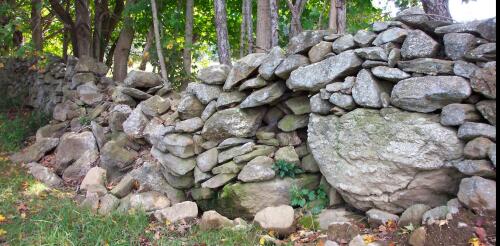Reforestation
Tropical forest landscapes are home to millions of Indigenous peoples and small-scale farmers. Just about every square meter of land is spoken for, even if claims are not formally recognized by governments. These local landholders hold the key to a valuable solution as the world tries to slow climate change – restoring deforested tropical landscapes for a healthier future. Tropical forests are vital to Earth’s climate and biodiversity, but a soccer field-size area of mature tropical forest is burned or cut down about every 5 seconds to clear space for crops and cattle today. While those trees may be lost, the land still has potential. Tropical forests’ combination of year-round sunshine and high rainfall can lead to high growth rates, suggesting that areas where tropical forests once grew could be valuable sites for reforestation. In fact, a host of international agreements and declarations envision just this. The Worl...
The abandoned fieldstone walls of New England are every bit as iconic to the region as lobster pots, town greens, sap buckets and fall foliage. They seem to be everywhere – a latticework of dry, lichen-crusted stone ridges separating a patchwork of otherwise moist soils. Stone walls can be found here and there in other states, but only in New England are they nearly ubiquitous. That’s due to a regionally unique combination of hard crystalline bedrock, glacial soils and farms with patchworks of small land parcels. Nearly all were built by European settlers and their draft animals, who scuttled glacial stones from agricultural fields and pastures outward to fencelines and boundaries, then tossed or stacked them as lines. Though the oldest walls date to 1607, most were built in the agrarian century between the American Revolution and the cultural shift toward cities and industry after the Civil War. The mass of stone that farmers moved in that century staggers the m...

